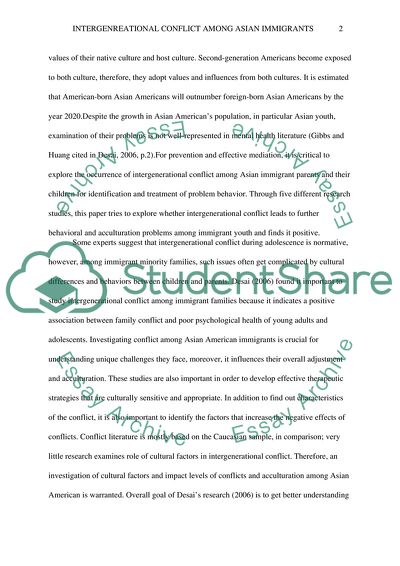Cite this document
(Intergenerational Conflicts Among Asian Immigrant Families Coursework Example | Topics and Well Written Essays - 2750 words - 1, n.d.)
Intergenerational Conflicts Among Asian Immigrant Families Coursework Example | Topics and Well Written Essays - 2750 words - 1. https://studentshare.org/psychology/1804247-intergenerational-conflicts-among-asian-immigrant-families
Intergenerational Conflicts Among Asian Immigrant Families Coursework Example | Topics and Well Written Essays - 2750 words - 1. https://studentshare.org/psychology/1804247-intergenerational-conflicts-among-asian-immigrant-families
(Intergenerational Conflicts Among Asian Immigrant Families Coursework Example | Topics and Well Written Essays - 2750 Words - 1)
Intergenerational Conflicts Among Asian Immigrant Families Coursework Example | Topics and Well Written Essays - 2750 Words - 1. https://studentshare.org/psychology/1804247-intergenerational-conflicts-among-asian-immigrant-families.
Intergenerational Conflicts Among Asian Immigrant Families Coursework Example | Topics and Well Written Essays - 2750 Words - 1. https://studentshare.org/psychology/1804247-intergenerational-conflicts-among-asian-immigrant-families.
“Intergenerational Conflicts Among Asian Immigrant Families Coursework Example | Topics and Well Written Essays - 2750 Words - 1”. https://studentshare.org/psychology/1804247-intergenerational-conflicts-among-asian-immigrant-families.


